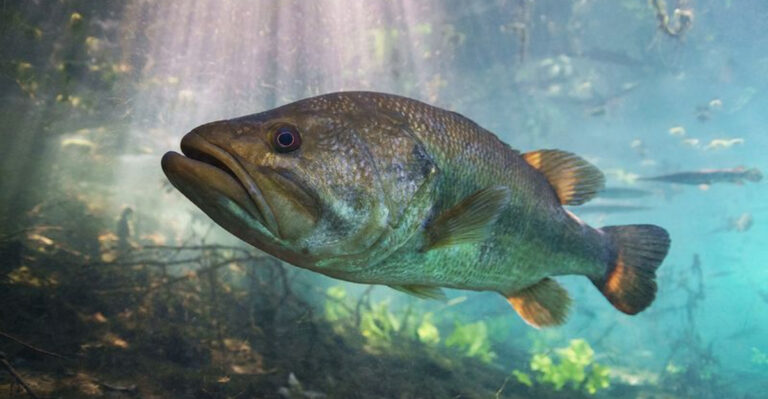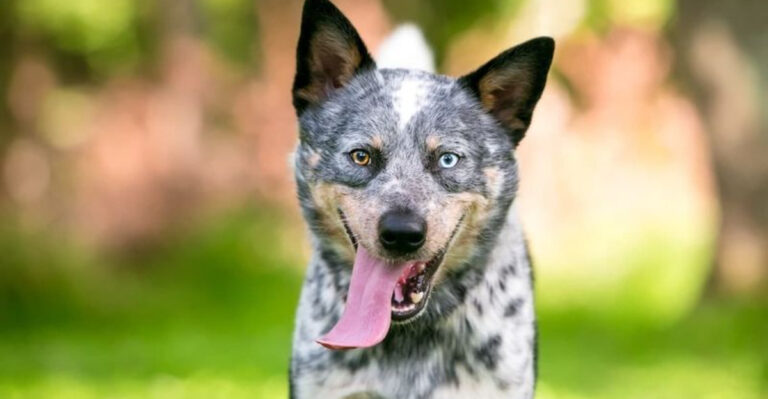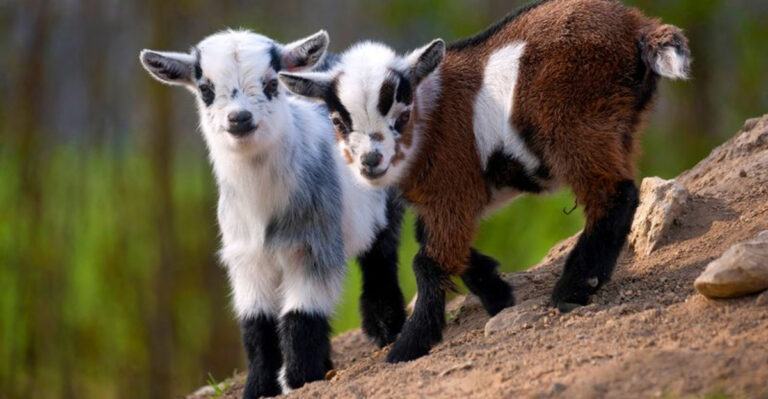12 Dog Breeds That Face A Higher Risk Of Passing Away Young
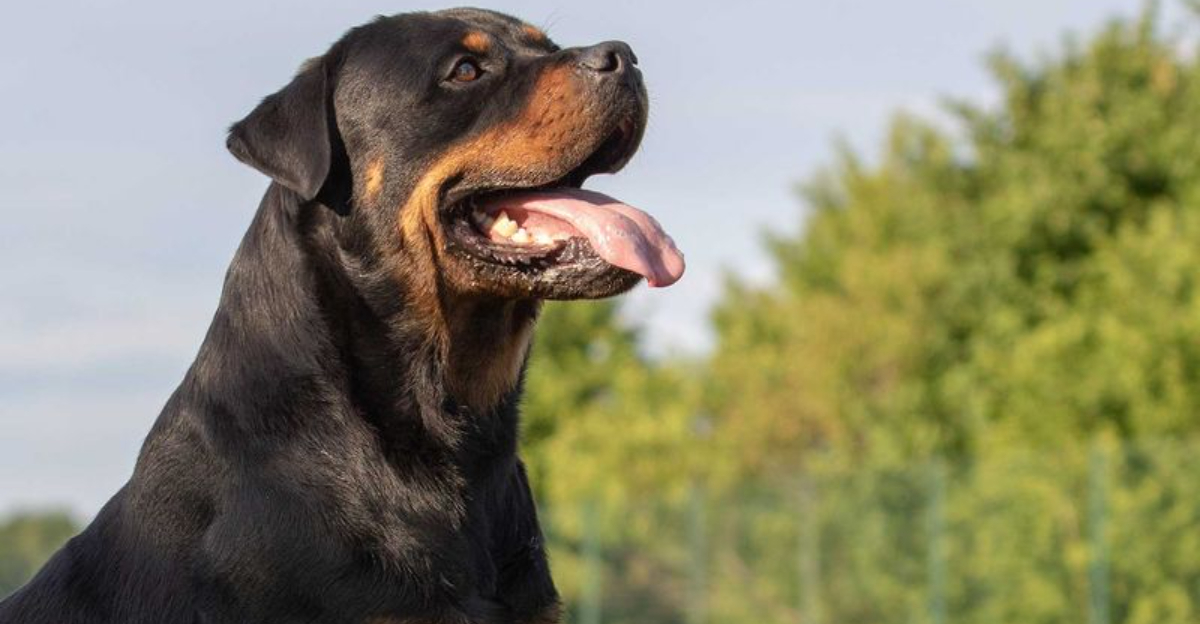
When welcoming a furry friend into our homes, we hope for many years of companionship and joy. But sadly, some dog breeds tend to have shorter lifespans due to genetic factors, size, or breed-specific health conditions.
Understanding which breeds might face a higher risk of passing away young can help future pet parents make informed decisions and prepare for the special care these dogs might need.
1. Great Danes – Gentle Giants With Brief Lives
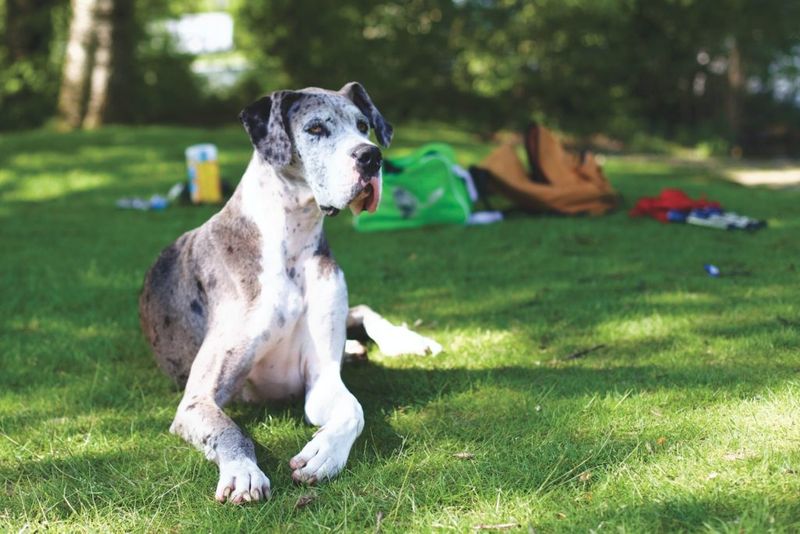
Despite their massive size, Great Danes have incredibly tender hearts that often give out too soon. These magnificent dogs typically live just 7-10 years, with heart disease being their primary health nemesis.
Their rapid growth puts strain on their cardiovascular system, and many develop dilated cardiomyopathy. The breed’s large frame also makes them prone to bloat – a potentially fatal condition that requires immediate medical attention.
Many owners describe the heartbreak of saying goodbye to these gentle giants far too soon. If you welcome a Great Dane into your family, regular cardiac screenings and a proper diet can help maximize their time with you.
2. Bernese Mountain Dogs – Beautiful But Brief Companions
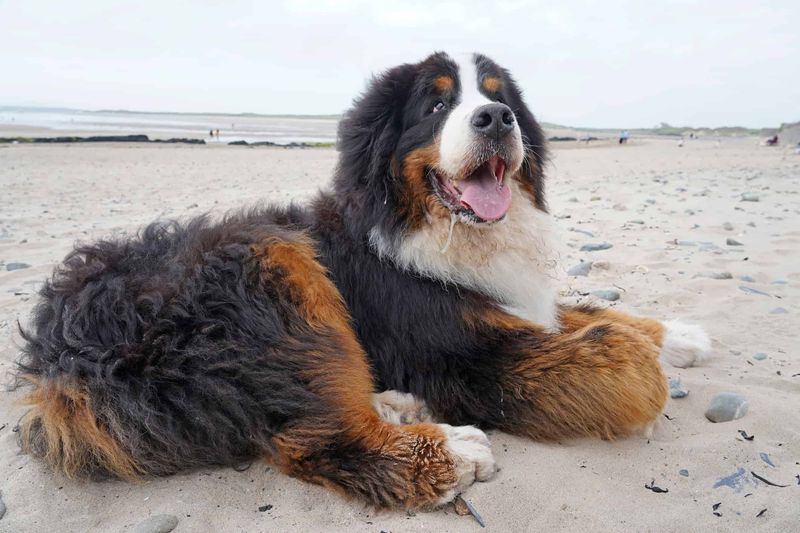
The stunning tri-colored coat of a Bernese Mountain Dog often masks their tragic health reality. With an average lifespan of just 6-8 years, these Swiss beauties have one of the shortest lifespans among all dog breeds.
Cancer strikes Berners at an alarming rate – nearly half will develop some form of malignancy. Their rapid growth and large size contribute to joint problems like hip and elbow dysplasia that can severely impact quality of life.
Breeders are working diligently to extend their lifespans through careful genetic screening. For those who love this breed, the brief but profound joy they bring is often worth the inevitable heartbreak.
3. Irish Wolfhounds – Ancient Breed With Modern Heartbreak
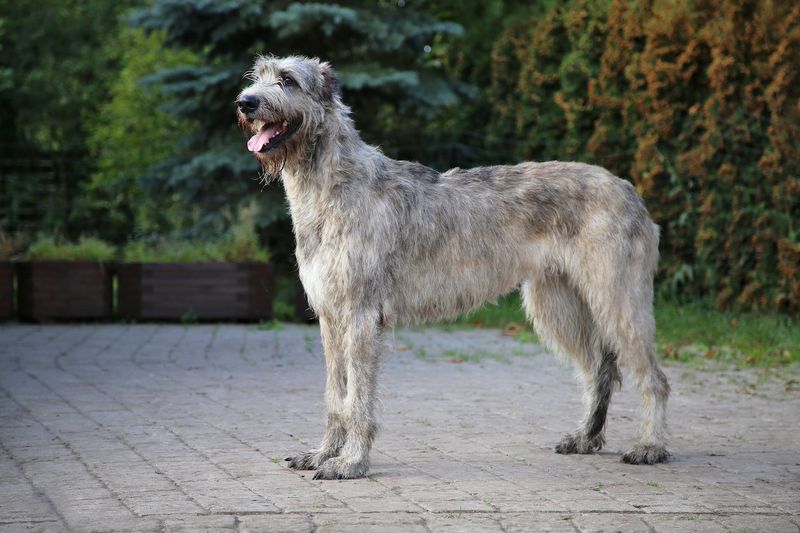
Standing nearly three feet tall at the shoulder, Irish Wolfhounds are impressive sight hounds with tragically brief lives. Most will only grace your home for 6-8 years before health issues claim them.
Heart disease, particularly dilated cardiomyopathy, affects many Irish Wolfhounds by middle age. Bone cancer strikes this breed at higher rates than almost any other, often appearing with little warning. Their rapid growth from puppy to adult puts tremendous strain on their bodies.
Despite their size, they’re known as “gentle giants” who form deep bonds with their families. Many owners say the profound connection with these historic dogs makes the short time worthwhile.
4. Bullmastiffs – Loyal Guardians Gone Too Soon
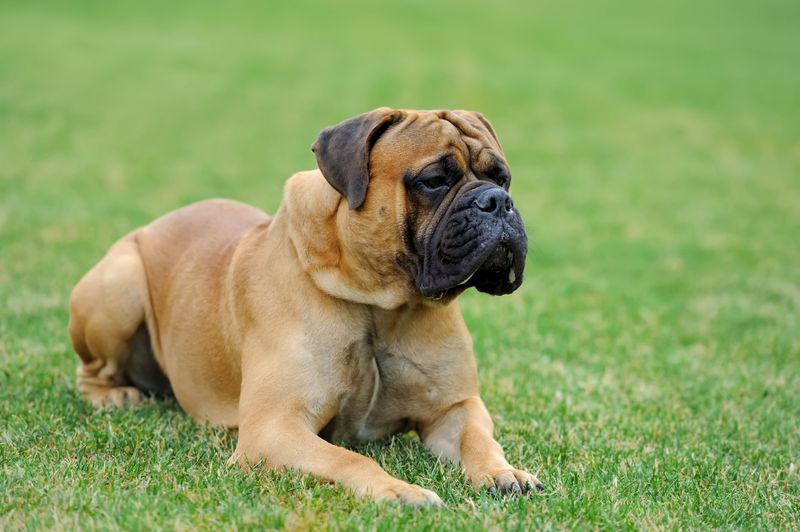
Bullmastiffs pack a lot of love into their short 7-9 year lifespans. These powerful protectors face several health challenges that limit their time with us, despite their sturdy appearance.
Cancer rates run high in this breed, particularly lymphoma and mast cell tumors. Their brachycephalic (short-nosed) facial structure leads to breathing difficulties that worsen with age and heat. Many Bullmastiffs also develop progressive retinal atrophy, which can lead to blindness.
Their loyal nature makes these health challenges particularly heartbreaking for families. Careful breeding practices and early health screening can help identify problems before they become severe, potentially extending their precious time with you.
5. French Bulldogs – Popular Pets With Problematic Health
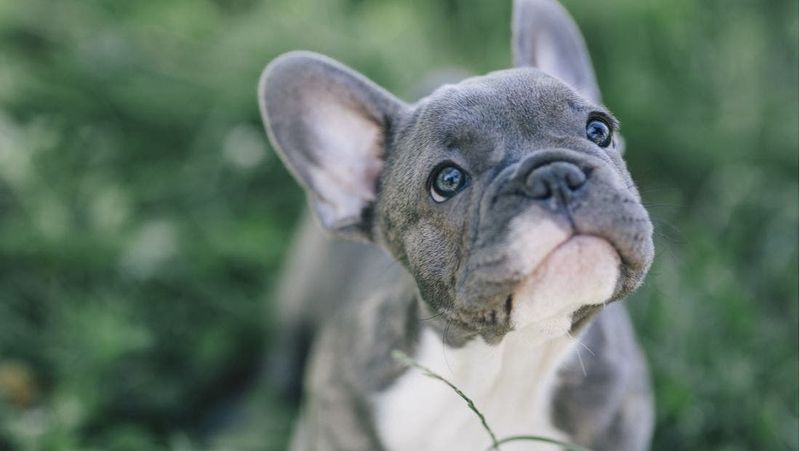
Those adorable bat ears and smushed faces come with serious health consequences for French Bulldogs. Their 10-12 year lifespan might seem decent, but many Frenchies suffer health complications throughout their lives.
Their flat faces cause Brachycephalic Airway Syndrome, making breathing a constant struggle. Spinal issues, particularly Intervertebral Disc Disease, can lead to paralysis. Their unusual body shape makes natural breeding impossible – most require artificial insemination and C-sections to reproduce.
Despite these challenges, Frenchies remain wildly popular. Responsible breeders now focus on developing healthier body structures with slightly longer muzzles to improve breathing and quality of life.
6. Rottweilers – Powerful Protectors With Fragile Hearts
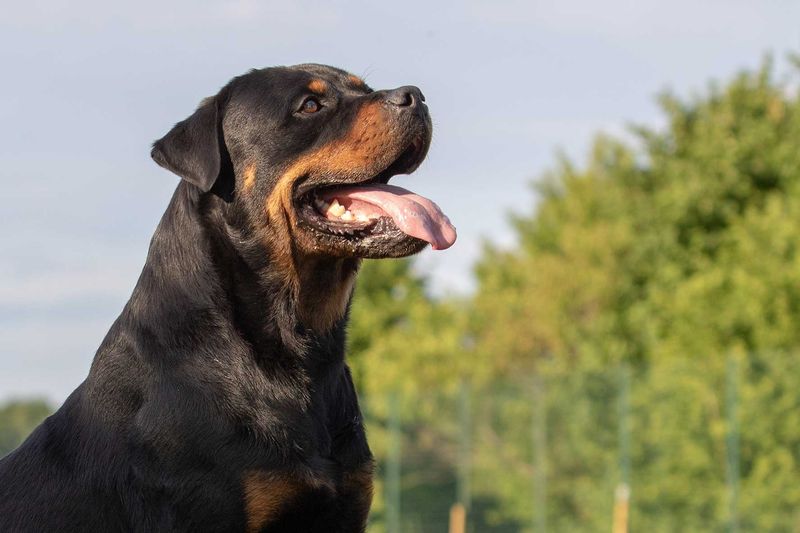
Behind the Rottweiler’s powerful stance and confident demeanor lies a breed particularly vulnerable to early death. With an average lifespan of just 8-10 years, these loyal guardians often leave families heartbroken too soon.
Cancer rates in Rotties are alarmingly high, with bone cancer being particularly common. Heart issues, especially aortic stenosis, claim many Rottweilers before their time. Hip and elbow dysplasia can severely impact mobility and quality of life as they age.
Despite these challenges, their unwavering loyalty makes them beloved companions. Regular veterinary screening can catch some conditions early, potentially adding precious time to their lives.
7. Doberman Pinschers – Elegant But Fragile Guardians
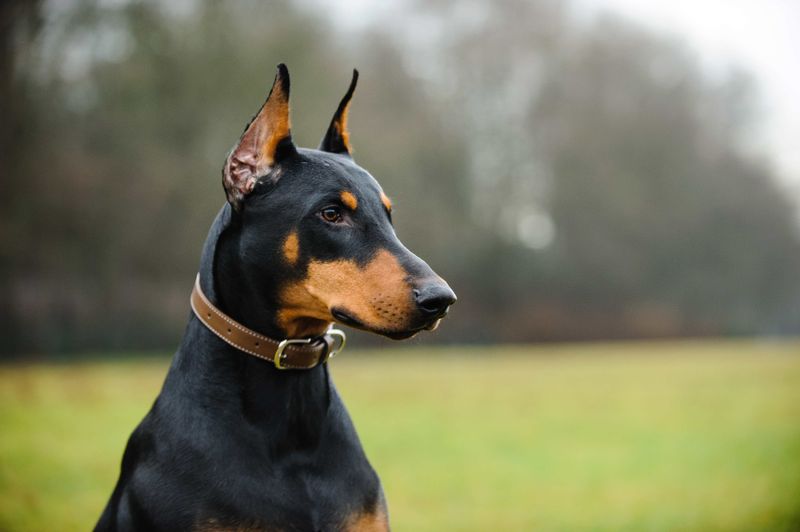
The sleek, athletic Doberman hides a heartbreaking secret – a genetic predisposition to sudden death. With lifespans averaging 10-12 years, many don’t even reach double digits due to a condition called dilated cardiomyopathy (DCM).
This devastating heart condition can cause Dobermans to collapse and die without warning. Studies suggest up to 50% of the breed may be affected by DCM. Von Willebrand’s disease, a blood clotting disorder, also runs through the breed.
Regular cardiac screening and genetic testing have become essential for responsible Doberman ownership. Despite these challenges, their intelligence and loyalty make them irreplaceable companions for those willing to face the health risks.
8. Boxers – Playful Pups With Serious Health Concerns
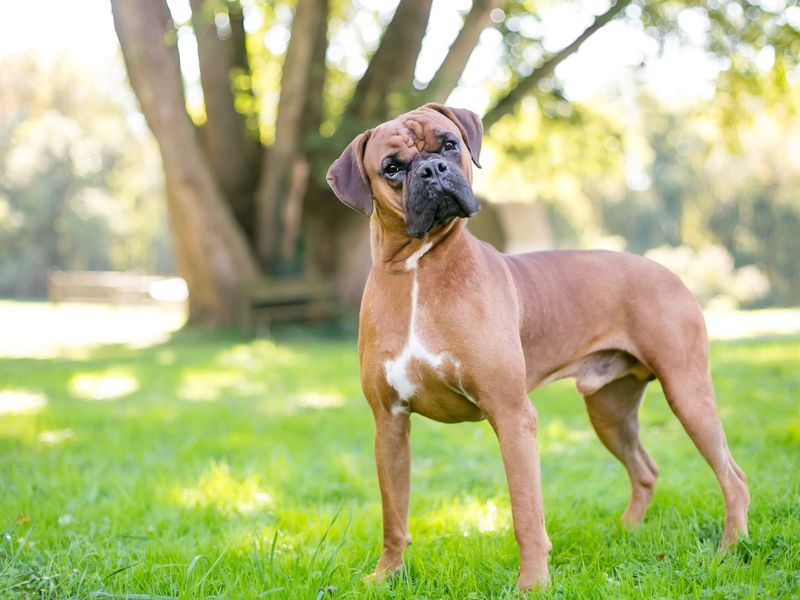
The Boxer’s eternal puppy-like personality makes their short 10-12 year lifespan feel especially unfair. These energetic, loving dogs face a gauntlet of health challenges that often cut their lives short.
Cancer rates in Boxers are among the highest of any breed, with mast cell tumors and lymphoma being particularly common. Heart problems, especially arrhythmogenic right ventricular cardiomyopathy, can cause sudden death. Their short muzzles also contribute to breathing difficulties and heat intolerance.
Despite these challenges, Boxers remain popular family dogs due to their playful nature and love of children. Regular cancer screenings and cardiac evaluations are essential for catching problems early.
9. Cavalier King Charles Spaniels – Royal Dogs With Fragile Hearts

Those soulful eyes and silky ears hide a tragic health reality for Cavalier King Charles Spaniels. Though they may live 9-14 years, many suffer throughout their lives from serious genetic conditions.
Mitral valve disease affects nearly all Cavaliers by age 10, causing heart failure and breathing difficulties. Syringomyelia, a painful neurological condition where the skull is too small for the brain, causes many to live in chronic pain. Their small size also makes them prone to patellar luxation and eye problems.
Dedicated breeders are working to reduce these issues through careful health testing, but the breed’s small gene pool makes progress challenging. Their sweet temperament continues to win hearts despite these serious concerns.
10. Bulldogs – Iconic Looks With Breathing Battles
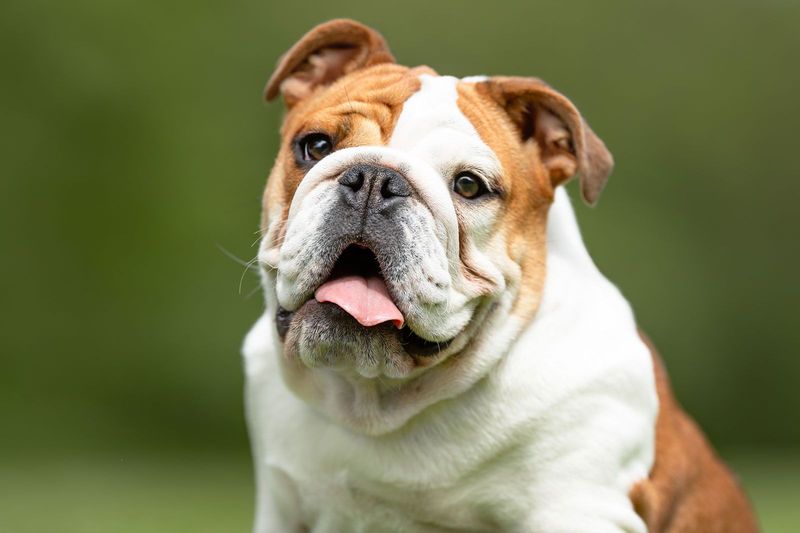
The English Bulldog’s iconic wrinkled face and stocky build come at a severe health cost. With lifespans averaging just 8-10 years, these dogs struggle with multiple health issues from birth to death.
Their extremely flat faces cause Brachycephalic Airway Syndrome, making every breath a potential struggle. Overheating can happen even in mild temperatures. Their unusual body shape leads to reproductive difficulties – natural breeding is rare, and most puppies are delivered via C-section.
Skin infections develop in their deep wrinkles without proper care. Despite these challenges, their sweet temperament keeps them popular, though many veterinarians advocate for breeding toward healthier body structures.
11. Dogue de Bordeaux – Ancient Breed With Modern Health Crisis
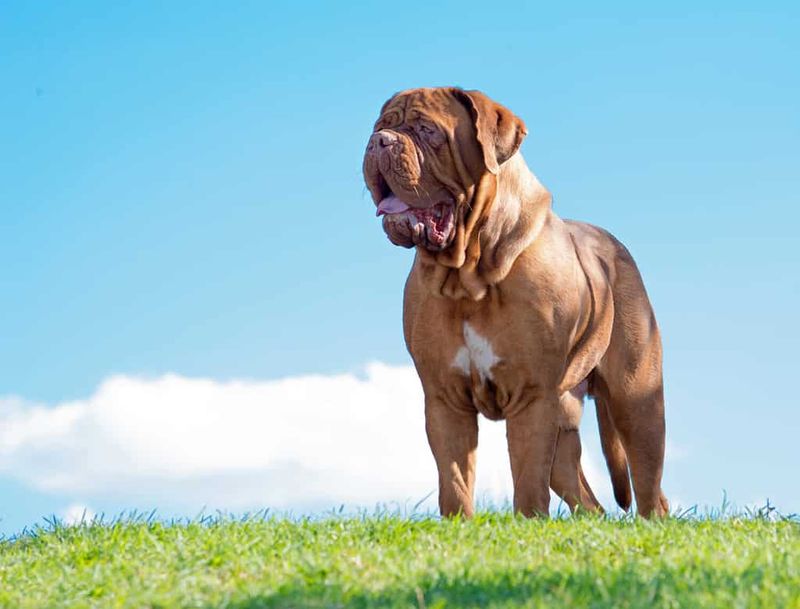
The massive Dogue de Bordeaux (French Mastiff) has one of the shortest lifespans of any dog breed, averaging just 5-8 years. These gentle giants face numerous health challenges that limit their time with loving families.
Heart disease claims many before they reach middle age. Their deeply wrinkled faces lead to breathing difficulties and heat intolerance. Joint problems develop early due to their rapid growth and heavy build.
Made famous by the movie “Turner & Hooch,” these loyal companions form deep bonds with their families, making their short lives particularly heartbreaking. Regular veterinary care and maintaining a healthy weight can help maximize their brief time with you.
12. Saint Bernards – Rescue Dogs Needing Rescue

Famous for alpine rescues, Saint Bernards ironically need considerable health support themselves. Their brief 8-10 year lifespan is filled with potential health complications due to their massive size.
Bloat, a potentially fatal stomach condition, strikes Saint Bernards at high rates. Hip and elbow dysplasia can severely limit mobility as they age. Heart problems, particularly dilated cardiomyopathy, claim many before their time.
Their gentle nature with children makes them beloved family dogs despite these health challenges. Careful breeding practices focusing on longevity rather than extreme size can help improve outcomes. Regular veterinary care and maintaining a healthy weight are crucial for maximizing their time with you.

